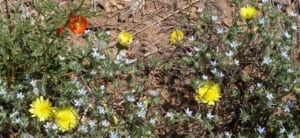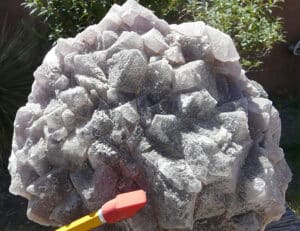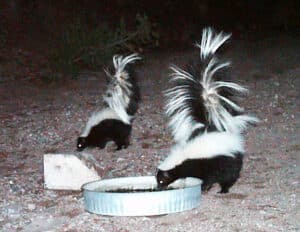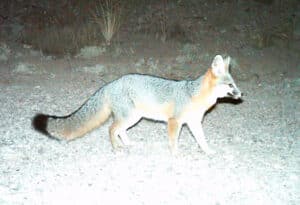
Spring Wildflowers in Southwest New Mexico
Following a Moist Late Winter and Early Spring, an Amazing Extravagance of Wildflowers Emerges at Casitas de Gila Guesthouses in Southwest New Mexico THE EXCEPTIONAL BLOOMING OF SPRING FLOWERS AFTER A WET LATE WINTER When there is rain in Southwest New Mexico during the late winter





